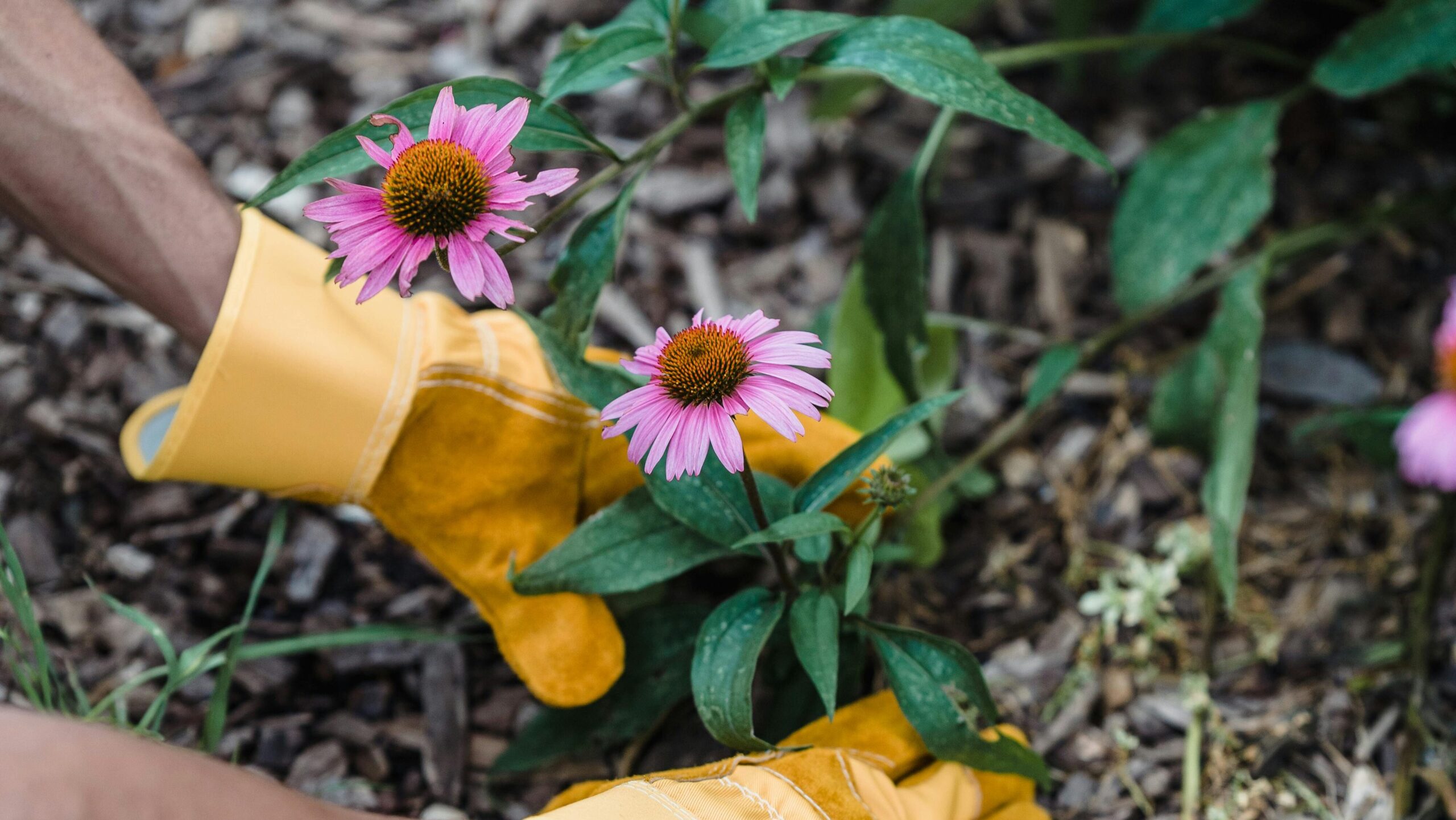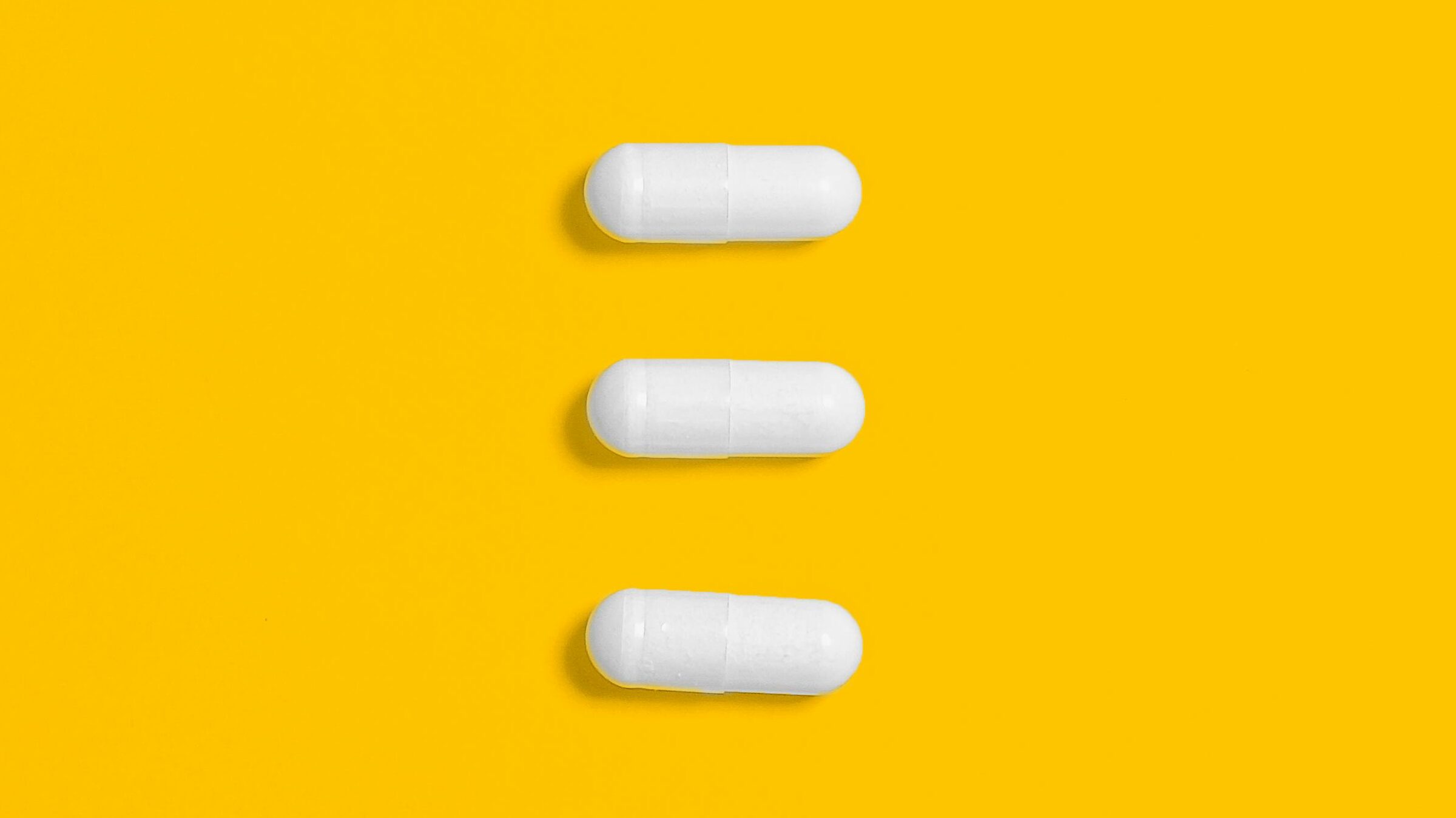
Could This Purple Coneflower Be Your Ultimate Cold Buster? Dive into Echinacea’s Healing Powers!
Echinacea: Nature’s Immune-Boosting Elixir
Imagine a vibrant flower that Native Americans used for centuries to fight infections and heal wounds. Meet Echinacea, the purple coneflower, a star of the daisy family. This herb has soared in popularity as a natural remedy, especially for strengthening immunity during cold and flu season. Does science support its fame, or is it just old tales? Let’s dive into Echinacea’s proven benefits, uses, and safety tips, backed by studies on its immune-boosting and anti-inflammatory powers.

Boosting Your Immune System
Echinacea shines for preventing and easing colds. Research shows it can shorten cold symptoms and make them less severe. How? Its compounds, like alkamides and polysaccharides, activate white blood cells to fight infections. One study found Echinacea cuts the chance of catching a cold by up to 58% when taken regularly. It’s not just for colds—Echinacea may reduce inflammation, calm anxiety, and even help skin conditions like eczema. Its antioxidant properties make it a versatile herb for overall health.
Beyond Colds: Surprising Benefits
This herb does more than fight sniffles. Applied to the skin, Echinacea speeds up wound healing and reduces acne. Studies suggest it helps kids with respiratory infections, lowering complication risks. Lab tests show it has antiviral and antimicrobial effects, supporting your body’s defenses. Some research even hints that Echinacea could promote longevity by reducing leukemia risks in aging models, though we need more human studies. It also lowers inflammation markers like IL-6 and IL-8, helping manage chronic swelling.

How to Use Echinacea
Echinacea comes in many forms: teas, tinctures, capsules, or extracts. For colds, take 300-500 mg of dry extract three times daily when symptoms start. To make tea, steep dried roots or leaves in hot water for 10 minutes—add honey for a sweet touch! Try it in supplements mixed with elderberry or vitamin C for extra immune support. For skin issues, apply Echinacea gels or creams directly to the affected area. It’s an easy way to tap into nature’s healing.
Safety and Precautions
Not all studies agree on Echinacea’s benefits. Results depend on the type, like E. purpurea or E. angustifolia, and how it’s prepared. Side effects are rare but may include stomach upset or dizziness. People allergic to ragweed should be cautious, as reactions are possible. Echinacea is safe for short-term use, up to 8 weeks, but check with a doctor if you’re pregnant, breastfeeding, or taking immunosuppressant drugs. Long-term use lacks research, so take breaks to stay safe.

Why Choose Echinacea?
In a world of synthetic drugs, Echinacea offers a natural way to thrive. Whether you’re preparing for flu season or seeking skin relief, this flower supports your body’s defenses. Pick high-quality, standardized Echinacea products for the best results. Pair it with a healthy diet and good hygiene to boost your wellness. Discover this herbal hero and let it help you stay strong!
Disclaimer: Always consult a doctor before using herbs for health.
